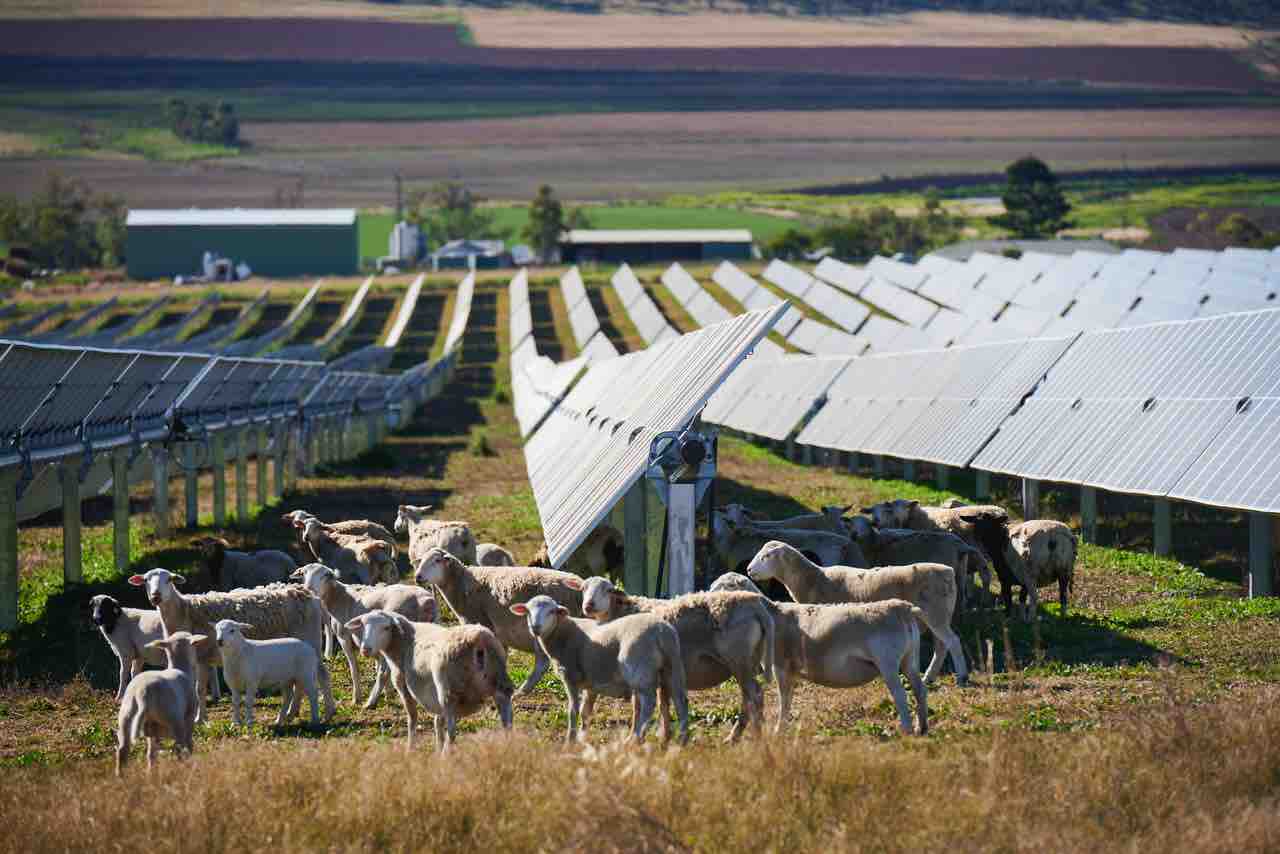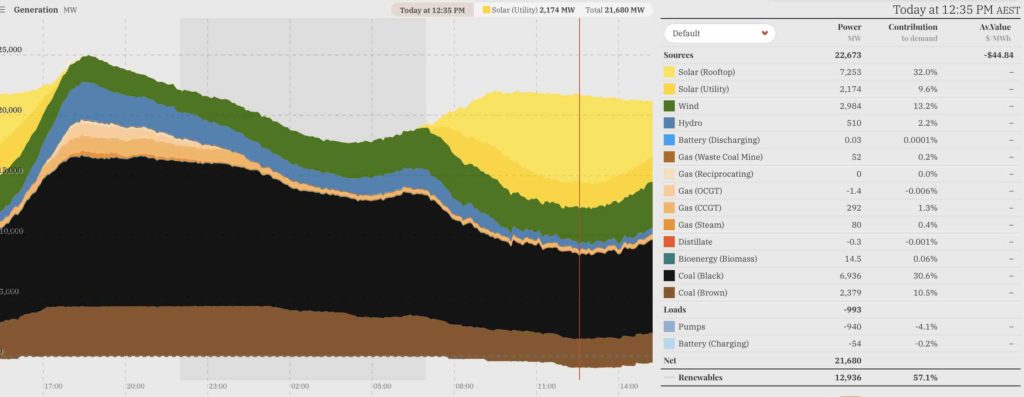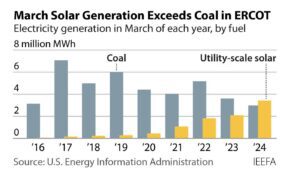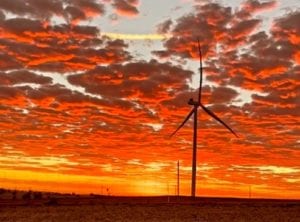The combined output of rooftop solar and large scale solar farms exceeded that of brown and black coal generation for the first time in Australia’s main grid on Sunday.
According to energy analyst Simon Holmes a Court, quoting the OpenNEM data feed he helped establish, solar exceeded the output of coal at 12.35pm on Sunday, delivering a combined 9,427MW, or 41.2 per cent of demand, compared to coal’s combined 9,315MW, a combined 41.1 per cent.
It’s a significant landmark, reinforcing the scale and pace of the energy transition that has forced Australia’s two biggest utilities – AGL and Origin – to all but abandon the concept of coal generation as necessary “baseload” as they seek to adapt their legacy business models to wind, solar and storage technologies.
It wasn’t the only record to fall on Sunday, with fellow analyst Dylan McConnell, from the Climate and Energy College in Melbourne, noting that the output of coal had fallen to a record low, just as “instantaneous” renewable energy hit a new high of 56.2 per cent.
This was above the 56.1 per cent high set in April this year, but it was quickly eclipsed as the share of renewables hit a peak of 57.1 per cent of demand at 12.35pm. Wind was providing 13.2 per cent of demand at that time, and hydro 2.2 per cent.
Needless to say, prices fell across the board and all states had negative pricing events, particularly in South Australia, which is still constrained by the limits of transmission links to Victoria.
Wind and solar were providing around 100 per cent of all local demand in South Australia for much of the daylight hours, even though all its large scale solar farms – about 330MW of capacity at Bungala and Tailem Bend – and several wind farms turned themselves off to dodge the negative pricing events.
Another data logger, NEMLog, noted that the share of variable renewables, wind and solar, reached a record 54 per cent, which would have been 70 per cent were it not for curtailment (mostly due to dodging negative prices).
Negative prices also ruled for most of the day in Victoria where wind and solar provided for more than 60 per cent during the daylight hours, including a peak of more than 73 per cent in the early afternoon, also a record.
Indeed, NEMlog noted that without curtailment in Victoria, the share of wind and solar would have met 102 per cent of state demand, up from the record 99.1 per cent reached last week.
Interestingly, it also saw what will be the country’s biggest wind farm, the 530MW Stockyard Hill facility, progress to a new “hold point” as it works through its long delayed commissioning process.
Another 2GW of wind and solar is expected to complete commissioning this year, so more records will be broken, even if the amount of new investment – apart from rooftop solar – has slowed to a trickle.











